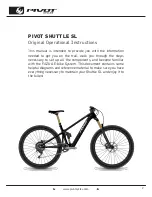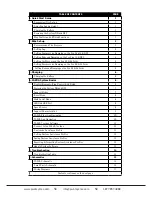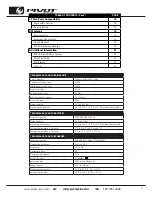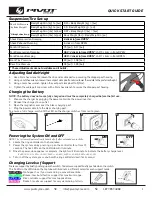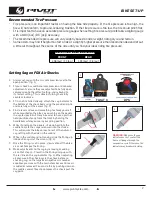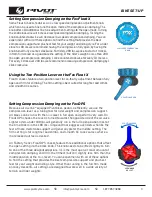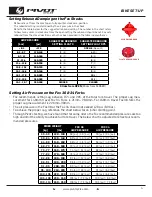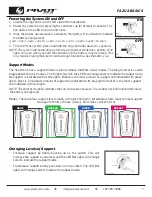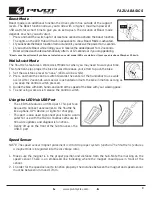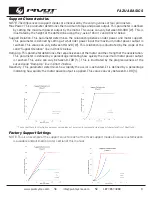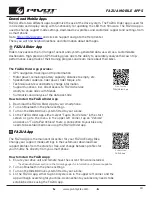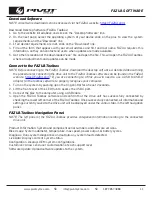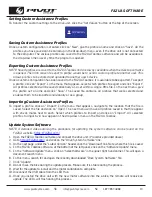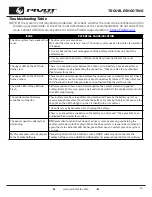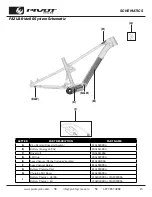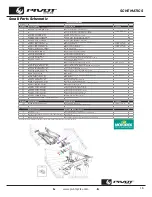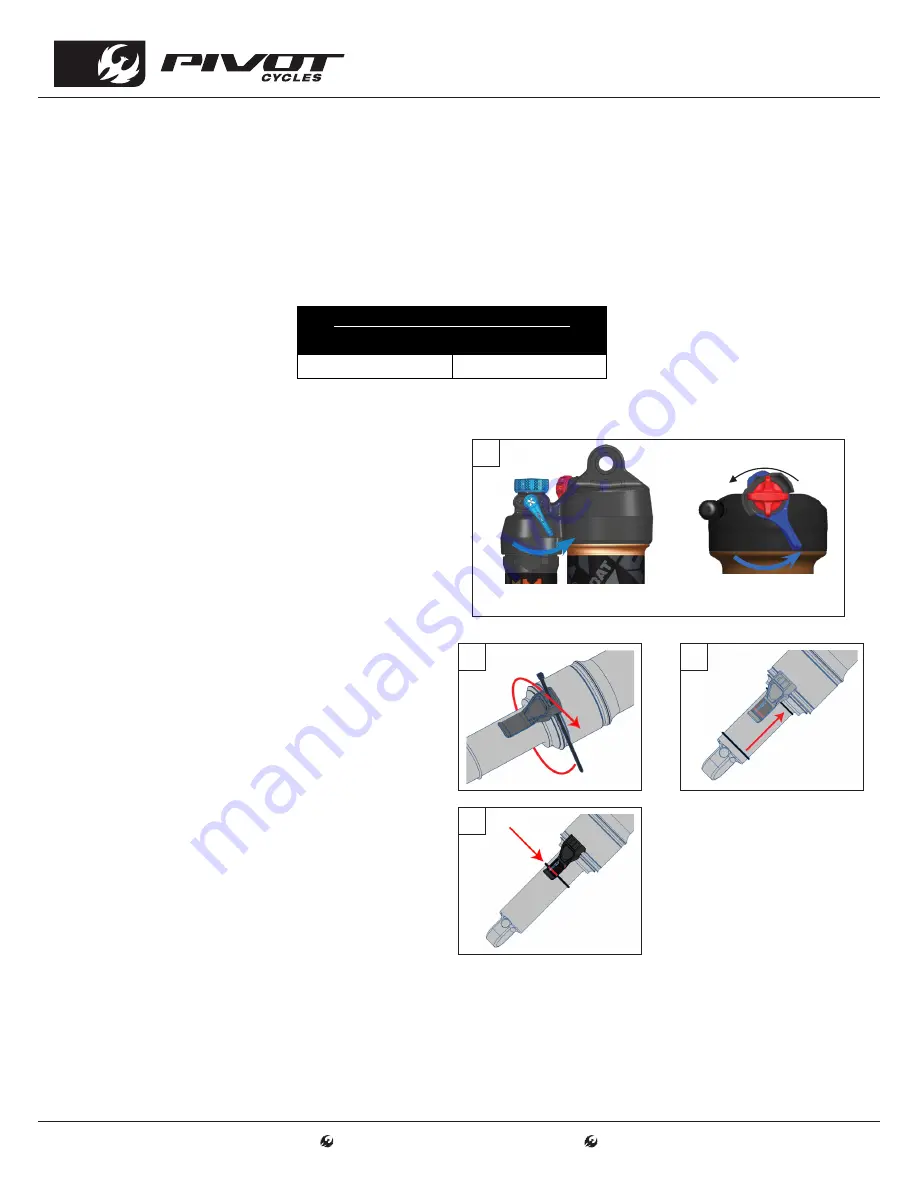
www.pivotcycles.com
2
2
4
3
Setting Sag on FOX Air Shocks
1. Always set sag with the
blue
compression lever to the
open position. (fig. 1)
2. If your shock has additional compression and rebound
adjustments ensure they are adjusted to be fully open,
compression to the softest setting, and rebound to
its fastest setting. This is done by turning them fully
counter-clockwise.
3. If it is not installed already, attach the sag indicator to
the bottom of the shock body using the provided zip-tie
and carefully cut the excess.(fig. 2)
4. Find a level surface and something to steady yourself
while mounted on the bike so you can be on the pedals
in a seated position. It may be easier to have a partner
hold your bike steady from the front, by holding the
handlebars while you are in your riding position.
5. While standing on the pedals, sit down hard into the
saddle to cycle the suspension well into the stroke.
This will ensure the bike comes to rest at the natural
sag setting with the rider in the saddle.
6. While in the saddle and not moving, slide the O-ring up
into position against the air can. (fig. 3)
7. Once the O-ring is set in place, slowly step off the bike
so as not to move the O-ring.
8. Make adjustments to the sag by removing or adding
air so that steps 4-7 result in the O-ring lining up with
the
red
line on the sag indicator (fig. 4). When adjusting
air pressure in the shock, cycle the shock before re-
checking sag, so the large Evol negative air chamber
equalizes pressure with the main chamber each time air
is added or removed. You can do this by pushing down on
the saddle several times to compress the shock past the
sag point.
WARNING:
Make sure the sag
indicator does not contact the
frame or linkage through the
suspension cycle. Otherwise, the
indicator may break while riding.
RECOMMENDED TIRE PRESSURE
FRONT
REAR
1.58 [bar] / 23 [psi]
1.93 [bar] / 28 [psi]
BIKE SET-UP
Recommended Tire Pressure
• Tire pressure is an important factor on having the bike ride properly. If the tire pressure is too high, the
tire will not conform to ground, reducing traction. If the tire pressure is too low, the tire could pinch flat.
• It is important to have an accurate pressure gauge when setting tire pressure; preferably a digital gauge
with a 0.03 [bar] (0.5 [psi]) accuracy.
• The recommended tire pressure will vary slightly based on rider weight, riding style, and terrain.
• Some riders may find it helpful to start a ride at a slightly higher pressure than recommended and let out
a little air throughout the course of the ride until you find your ideal riding tire pressure.
1
FLOAT X
OPEN COMPRESSION
DAMPING
OPEN COMPRESSION DAMPING
OPEN MODE ADJUST
TO LEVEL 1
DPS


